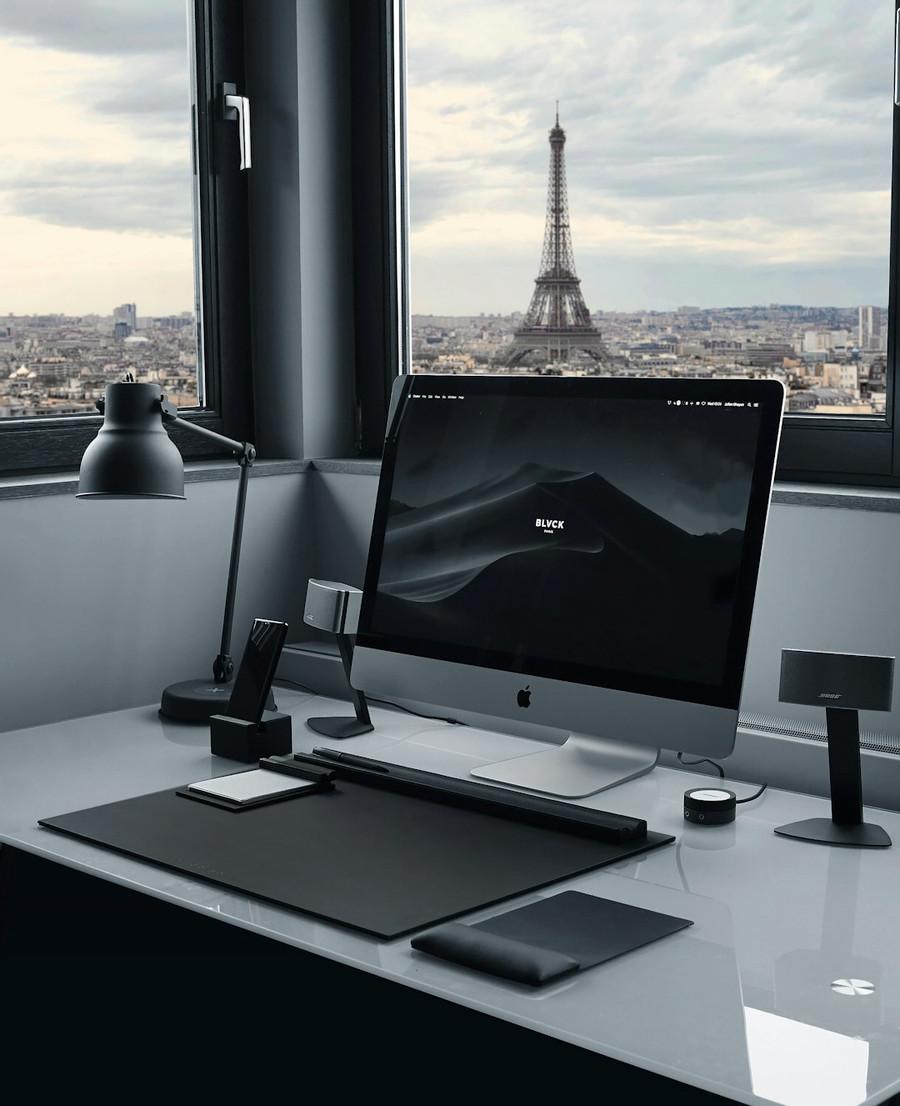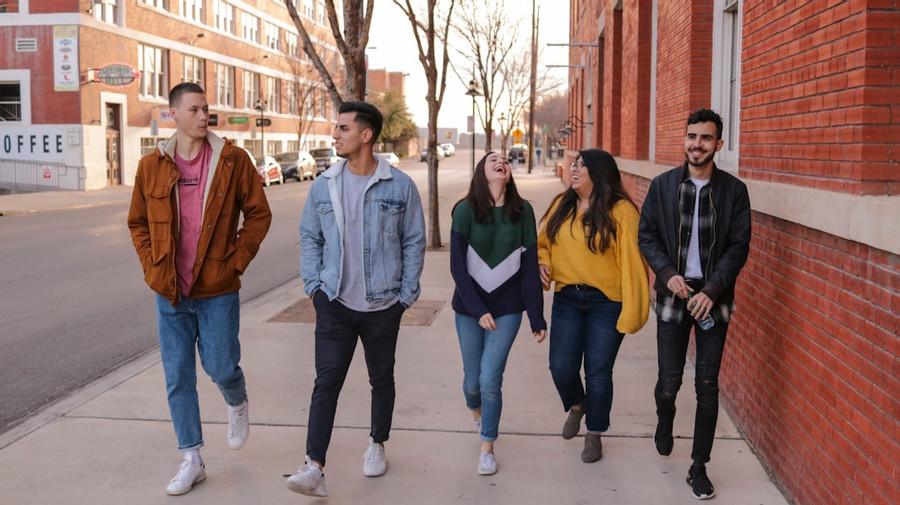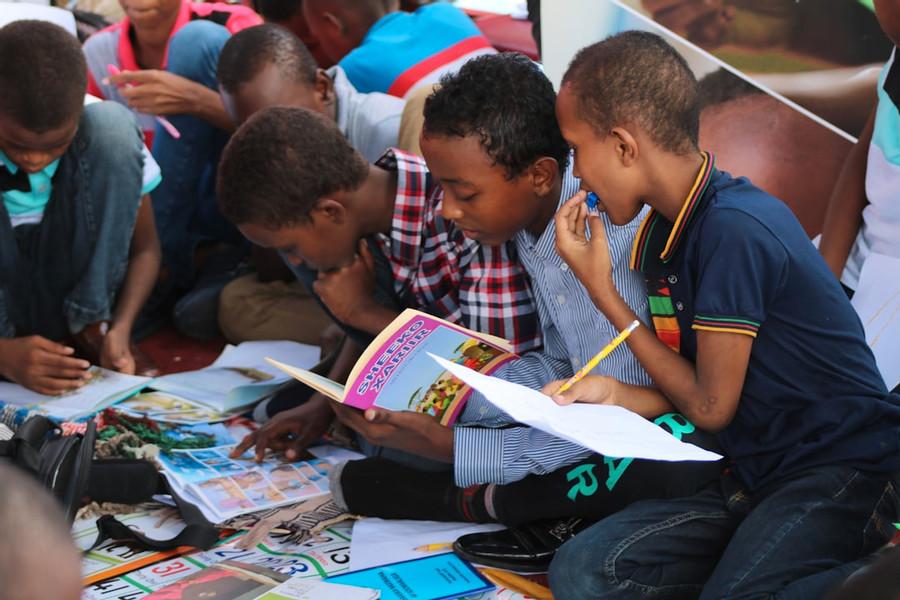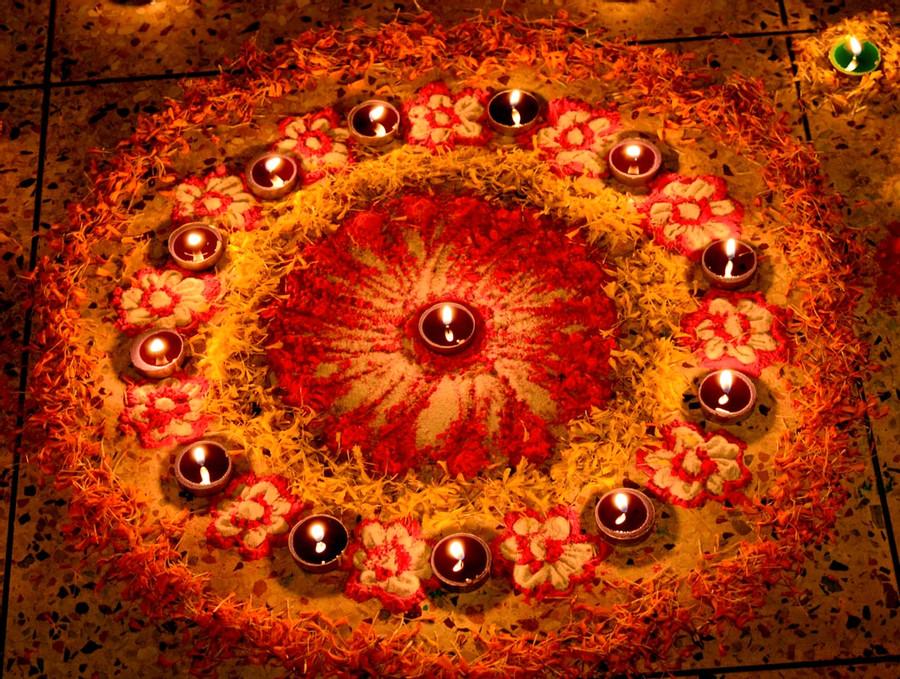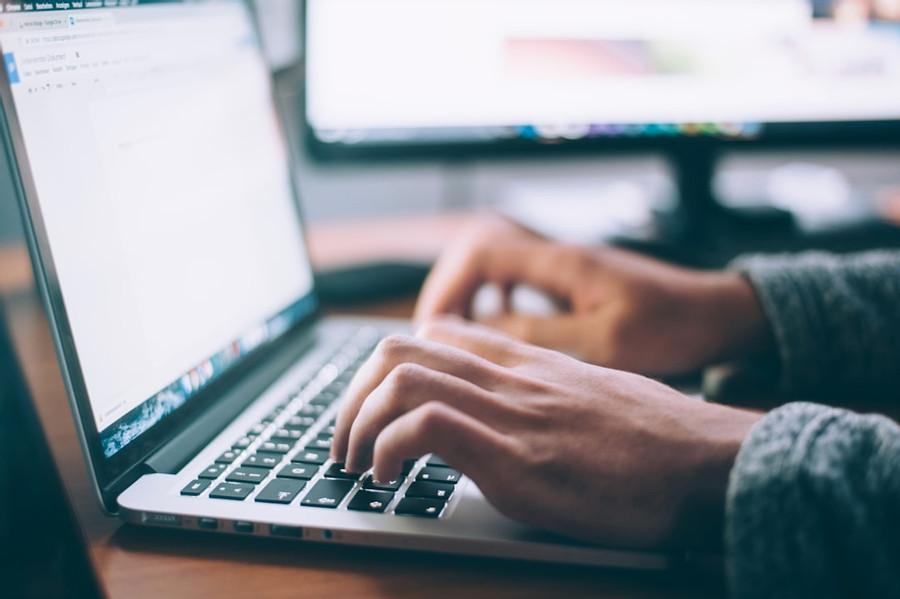Amanda Brady's Key Ideas from The Adaptation Advantage: Let Go, Learn Fast, and Thrive in the Future of Work
by Heather E. McGowan, Chris Shipley
Ideas, facts & insights covering these topics:
20 ideas
·28.9K reads
112
1
Explore the World's Best Ideas
Join today and uncover 100+ curated journeys from 50+ topics. Unlock access to our mobile app with extensive features.
Key Takeaways From The Book
- Technology is transforming the world of work faster than ever.
- Technological augmentation, atomization and automation mean you must upskill and reskill for the future.
- Don’t tether your identity to your job; rather, think in terms of skills.
- Businesses must change their focus from extracting value to creating new value through learning.
- “Silicon cognition” cannot replace the “organic cognition” humans have evolved over 3.8 million years.
- Hiring only the best might result in top performers turning on one another.
- Culture and capacity define the workplace.
242
2.84K reads
The Big Change
The world is undergoing three “climate changes” – in the environment, in the market and in technology – which are forcing people to become more adept at adapting. Jobs change so quickly that your current job may not exist in 18 to 24 months. Artificial intelligence (AI) will likely transform 100 percent of jobs in 10 years. The world is on the cusp of the Fourth Industrial Revolution, in which cyber and biological systems will combine to create a completely digital economy.
231
2.08K reads
No More Straight Line Career Paths
Market climate change is on the horizon. Currency, collaboration and contracts, among other transactions, will all become digital and move at the speed of light.
The three climate changes will reshape ethics, community, geopolitics, politics, work and education. A “left” and “right” political choice will give way to governments that are responsive, adaptable and swift.
People may feel changes within the realm of work most keenly, because work is very personal: It provides people with a sense of identity and purpose. The straight line from education to career to retirement will disappear.
225
1.75K reads
Upskilling And Reskilling For The Future
Three forces drive work in the modern age:
Automation – This work is repetitive, inexpensive, low complexity and of lesser value.
Atomization – Predictable and discrete, this work is medium cost and of moderate complexity and value.
Human and Augmentation – This work is ambiguous, complex, higher cost and of greater value.
Computers have transformed humanity’s relationship with physical labour.
Algorithms will “unbundle” complex jobs into component parts. They can then automate or atomize these parts and distribute them to the cloud where humans will compete for them.
232
1.56K reads
The Future Of Jobs
Companies that were once “containers” for jobs will become “platforms” that combine human and technological know-how.
They will require five types of talent:
“Foundational” – People who operate a company.
“Rotational” – People who do work required only periodically.
“Contingent” – People who do work specific to a specialized need.
“Transformational” – People who help a company navigate change or develop strategy.
“Executive” – People who organize other talent for a company or an event.
243
1.48K reads
Not Jobs, But Skills
Young graduates can expect to work in 17 different jobs during their lifetimes.
Don’t ask a child what they want to be when they grow up, ask what they want to do. Children need to learn how to adapt, build resilience and cultivate agency. By the time students finish university, the career they want may not exist or may have changed dramatically.
Whatever you do now unless you are closing in on your target retirement years, is unlikely to be your last job.
233
1.37K reads
Kids Learning In A New Way
Kids need foundational knowledge that helps them put data in context. They also require fundamental literacies in traditional reading and quantitative skills, digital intelligence, creativity and collaboration.
The popular online learning site Khan Academy, for example, organizes students by independence instead of age.
By untethering learning from preconceived identities, youth will become more adaptable. Young people must understand identity as a constant negotiation between internal beliefs and observations and social and cultural forces.
225
1.17K reads
The Three Learning Generations
Open and connected systems help learners recognize the signals of change and respond appropriately. These systems encapsulate three organizational learning generations.
- The first focuses on acquiring knowledge and storing expertise.
- The second observes product life cycles and optimizes for efficiency, while simultaneously anticipating new iterations.
- The third encompasses the autonomous learning loop in which the learning rate accelerates and builds new efficiencies and iterations in real time.
218
1.07K reads
The S-Curve Macro
The “S-Curve” macro-process demonstrates the learning generations in four stages: Explore, Experiment, Execute and Expand.
During third-generation acceleration, the first two phases, Explore and Experiment, occur more frequently than during the Execute and Expand phases. Design thinking helps because it grants companies deeper understanding and problem-solving capacities and builds user empathy and solution matching practices. It places the user at the centre.
220
1.01K reads
In the past jobs were about muscles, now they’re about brains, but in future, they’ll be about the heart.
MINOUCHE SHAFIK
275
7.32K reads
The Job Requirements Of The Upcoming Era
The new work environment requires soft skills – such as working well with others. Employees must also possess less obvious capacities such as a willingness to learn and a capacity for understanding their purpose within the larger organizational framework.
In a world where “the pivot is the new business model,” mental agility, feeling safe admitting ignorance and monitoring self-awareness are no longer optional, but vital. Workers must have social and emotional intelligence, creative thinking, communication and judgement skills, along with “sensemaking” ability and empathy.
237
925 reads
“Silicon Cognition” Cannot Replace the “Organic Cognition” of Humans
People differ from animals by their “pedagogical learning stance:” an ability to take what they have learned and apply it to different situations and problems.
Continuous learning and disruption is uniquely human and enables people to adapt to changing circumstances.
Humans are creative, generate ideas, make connections between unrelated phenomena and see things from different points of view.
225
851 reads
Leaders Must Adapt To The New World
The days when the shareholder is king and workers are merely a cost that companies seek to minimize are almost over. Maniacal reliance on quarterly earnings is a poor long-term strategy for any enterprise.
Leaders need to be more mindful about where they lead their people and how. The idea that a leader’s job is to extract value from processes and people is phasing into Fourth Industrial Revolution reliance on adaptability and learning faster than your competition.
217
756 reads
Experiment 1: The Cookie Monster
From a group of three people, one is randomly selected to lead. They receive four cookies to share. Each takes a cookie. Almost every time, the leader took the remaining cookie. When a person feels powerful, they stop caring what people think and lose their sense of empathy, fairness and collaboration. It is not surprising, therefore, that CEOs consistently score lower on Emotional Intelligence (EQ) tests.
Leaders must learn to let go of the cookie.
217
865 reads
Experiment 2: The Super Chicken Paradox
An evolutionary biologist tested a strategy for producing the most eggs from the best laying hens among nine flocks by putting the best together in one cage. Of the nine top producers, only three survived, having pecked the others to death. The better option: spreading out all the hens from the highest-producing cages. Within a few generations, egg-laying improved 160% and no hens murdered another.
The lesson? Searching for the “best” candidates from the “best” schools and making them compete for the highest-ranking positions guarantees counterproductive conflicts.
229
814 reads
Culture and Capacity Define the Workplace
Instead of focusing on what your company produces, focus on the conditions in which you create and produce. These conditions are culture and capacity. Culture is a sense of purpose and value and which companies create either intentionally or accidentally. Workplaces with intentional cultures offer benefits that mirror company values.
Accidental culture occurs when culture evolves without intention and almost always proves toxic. Every great culture has a sense of purpose that the company and its leaders must model daily. Identify and eliminate anything anti-culture.
220
689 reads
Understanding Capacity
Capacity is a company’s ability to respond to opportunities. Shifts in context help businesses acknowledge their biases. By nurturing a working environment which bolsters capacity, companies can learn from, and seize the opportunities presented by these bias-busting moments. The technology used to be something you learned to use to do your job. Increasingly, technology and people learn from one another.
If culture is the heart of a company, capacity is its brain.
214
636 reads
The job description and organizational chart no longer matter. Fit springs from aspirations, not qualifications. Hire people for their capacity to learn, rather than for what they already know. Companies might resemble film and television projects, bringing people in for a limited period of time to perform certain tasks. They can apply what they learn from that experience to their next “tour.”
215
604 reads
The Job Posting Ad
A good job posting should start with a description of your organization. Describe the ideal candidate, not the job. Explain how you want the applicant to embrace the job. Building adaptive teams means embracing adaptive hiring strategies.
The best leaders hire for mission and mindset but can be uncomfortable with people who think differently than they do. Cherish alternative points of view; they bring cognitive diversity to your organization.
213
578 reads
Adaptive Teams
Build adaptive teams that are purpose-built to deal with a particular challenge or goal. For example, a team could have specialists – engineers, designers, project handlers – who rotate frequently, and a research group that scans the horizon for new opportunities. Your teams need “clear eyes focused on an unclear horizon” while leaders raise the bar to meet new expectations.
How can leaders encourage fearlessness when the future is so uncertain? Pay attention. Let go. Move fast. Make the future what you want it to be.
210
584 reads
IDEAS CURATED BY
CURATOR'S NOTE
McGowan and Shipley posit a future in which humans share knowledge and build meaningful workplace cultures.
“
Amanda Brady's ideas are part of this journey:
Learn more about leadershipandmanagement with this collection
Proper running form
Tips for staying motivated
Importance of rest and recovery
Related collections
Different Perspectives Curated by Others from The Adaptation Advantage: Let Go, Learn Fast, and Thrive in the Future of Work
Curious about different takes? Check out our book page to explore multiple unique summaries written by Deepstash curators:
9 ideas
Lori Howard's Key Ideas from The Adaptation Advantage
Heather E. McGowan, Chris Shipley
Discover Key Ideas from Books on Similar Topics
12 ideas
Intentional Leadership
Rose M. Patten
17 ideas
Leadershift
John C. Maxwell
8 ideas
Leader as Healer
Nicholas Janni
Read & Learn
20x Faster
without
deepstash
with
deepstash
with
deepstash
Personalized microlearning
—
100+ Learning Journeys
—
Access to 200,000+ ideas
—
Access to the mobile app
—
Unlimited idea saving
—
—
Unlimited history
—
—
Unlimited listening to ideas
—
—
Downloading & offline access
—
—
Supercharge your mind with one idea per day
Enter your email and spend 1 minute every day to learn something new.
I agree to receive email updates


